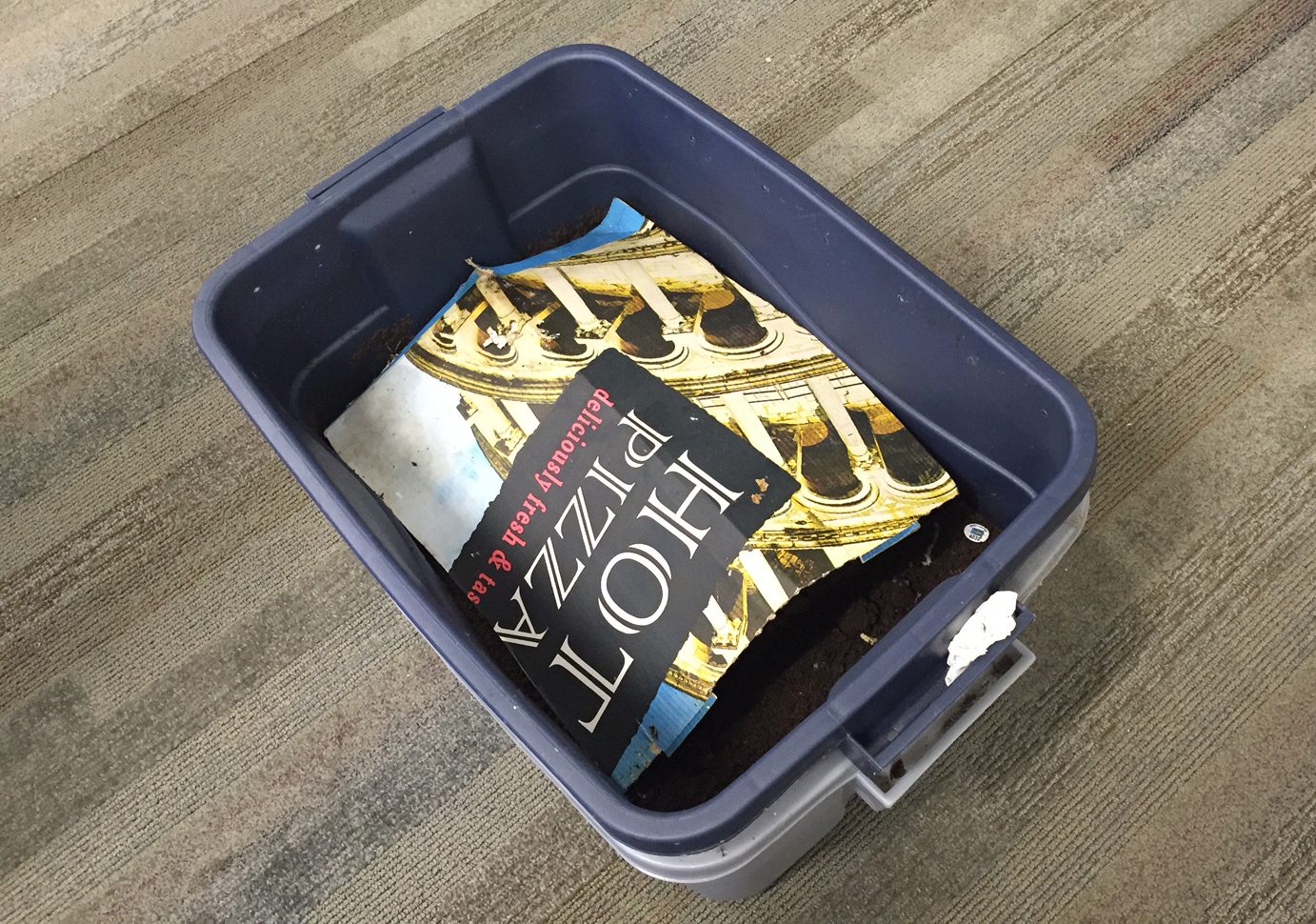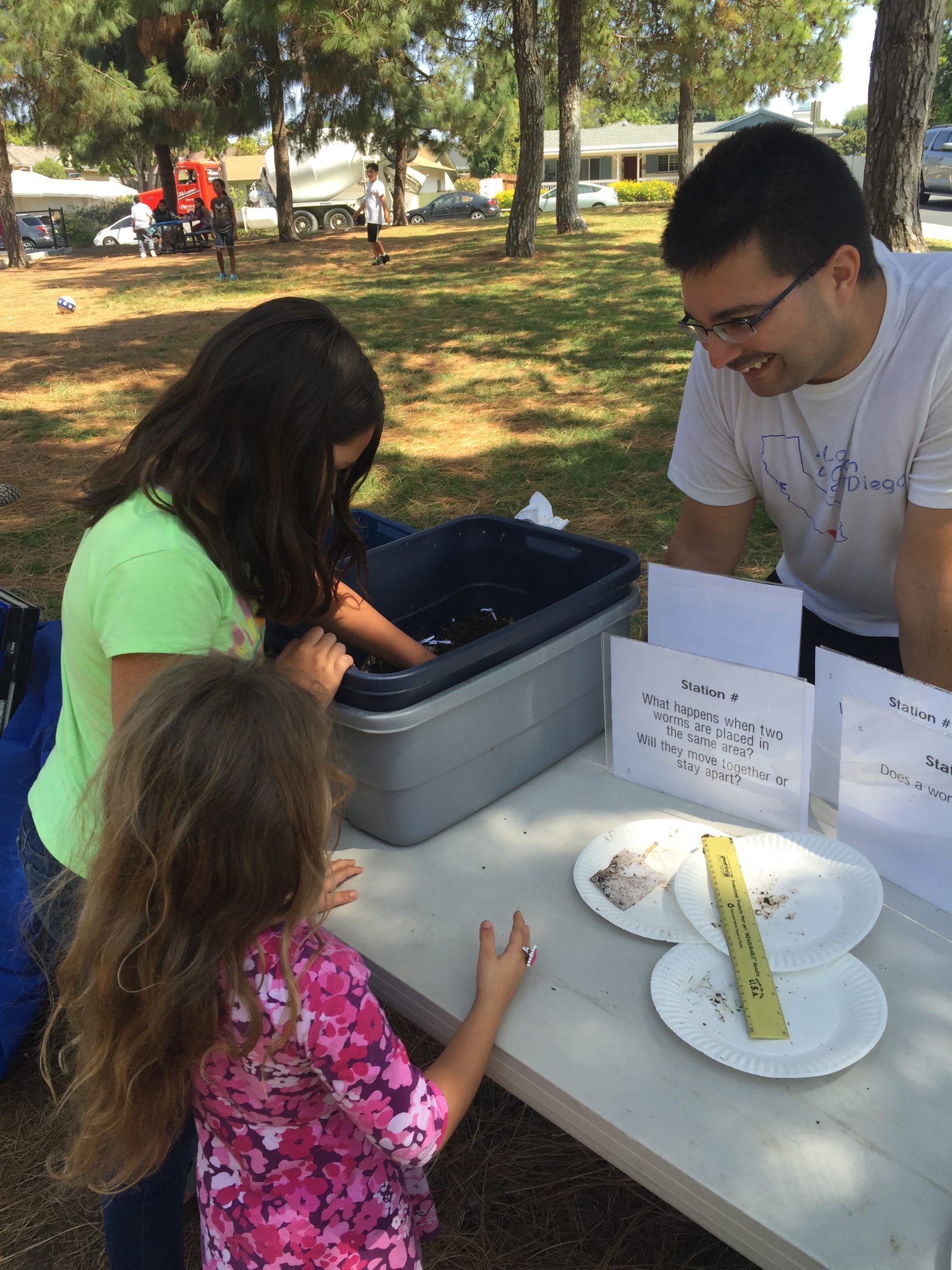
Earlier this year, our Hotline Manager, Amanda, wanted to increase her composting knowledge, much like our Education Manager and Master Composter-in training, Erika. After taking a series of classes, Amanda wanted to share these two new methods that are great for small spaces. Read on to learn the basics of two innovative composting methods; perhaps you’ll find one that works for you!
Many of you already know about traditional backyard composting, but there are other options out there to help you recycle your organics at home. Today, I’ll cover some basics on two composting methods you may not have heard of yet: vermicomposting and bokashi.

Vermicomposting is a method of composting where organic material is broken down through the use of worms, red wigglers and red tigers being the best types of worms for this method. Vermicomposting is a great option for apartment and condo dwellers or those that do not have yard waste available. It can be done on a small scale (even under your kitchen sink!). Mostly food scraps are added to the vermicompost bin, as opposed to traditional composting where large amounts of carbon rich yard waste is needed. Vermicompost bins are available for purchase, and some residents may even be able to purchase subsidized bins – click here to see if you qualify! Or if you are feeling handy and you want to build your own vermicompost bin, check out some basic instructions from the Solana Center for Environmental Innovation.

I Love A Clean San Diego has also integrated our newly acquired composting knowledge into some of our education offerings as well! Recently, we partnered with the City of Chula Vista & the Chula Vista Recreation Department to augment their youth after-school program, Empower Hour. ILACSD educators lead several hands-on activities during May & June to cover topics such as waste diversion, recycling and composting. During the composting activities, the kids learned how to sort recyclables from compostable materials, and even got their hands dirty during the compost bin and worm discovery activities. If you’re interested in learning more about our education presentations, please contact our Education Manager, Erika at education@cleansd.org!

Here are 7 tips to maintaining your vermicompost bin:
1. Worms don’t have lungs, they breathe thru their skin. Fats and oil will coat their skin and they can no longer breathe, so avoid putting fatty or oily foods in your vermicompost bin.
2. Worms don’t like motion, vibration or extreme heat/cold.
3. Your bin should never smell, an odor would likely mean you are over feeding your worms.
4. If you are adding watery food, add some paper as well.
5. Moldy food is ok to add, the bacteria actually helps give the worms a head start on digesting the food.
7. Food scraps are best in smaller pieces.
Are you ready to start composting? Find local resources, such as bins, worms and classes near you at www.WasteFreeSD.org!
Bokashi is another composting method where you can pickle your food waste and thus store for later use in your traditional compost pile. What makes it unique is, unlike traditional composting, dairy, meat and bones can be used with this method. An inoculant, a combination of anaerobic microbes, is used to pickle the food waste and are available for sale online or you can also find online tutorials. Once you get your inoculated grain/paper and a 5gal bucket (or larger!) you are ready to go.
Simply add your food waste to the bucket and some inoculated gain/paper as you go along. After you bucket is full, it will take ten days to two weeks for your pickled food scraps are ready to be added to your traditional compost bin. As you are adding to your bokashi bin, place a plate on top to keep pests away. If you see white mold it is ok, only be concerned if you see green ,red or brown mold. Bokashi workshops are offered by Solana Center for Environmental Innovation, but keep an eye out for them on www.WasteFreeSD.org because they fill up fast!

